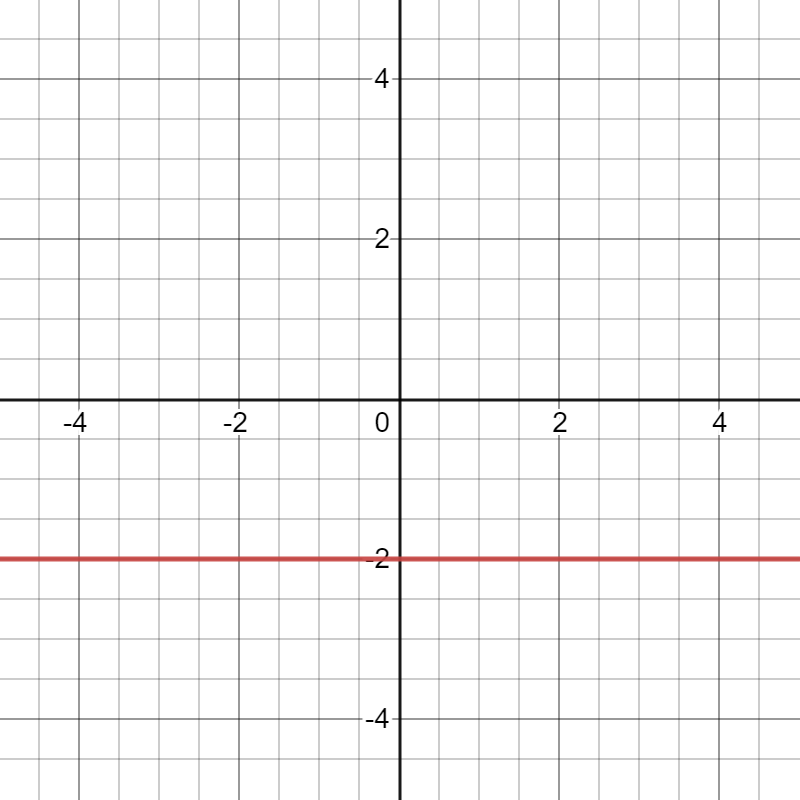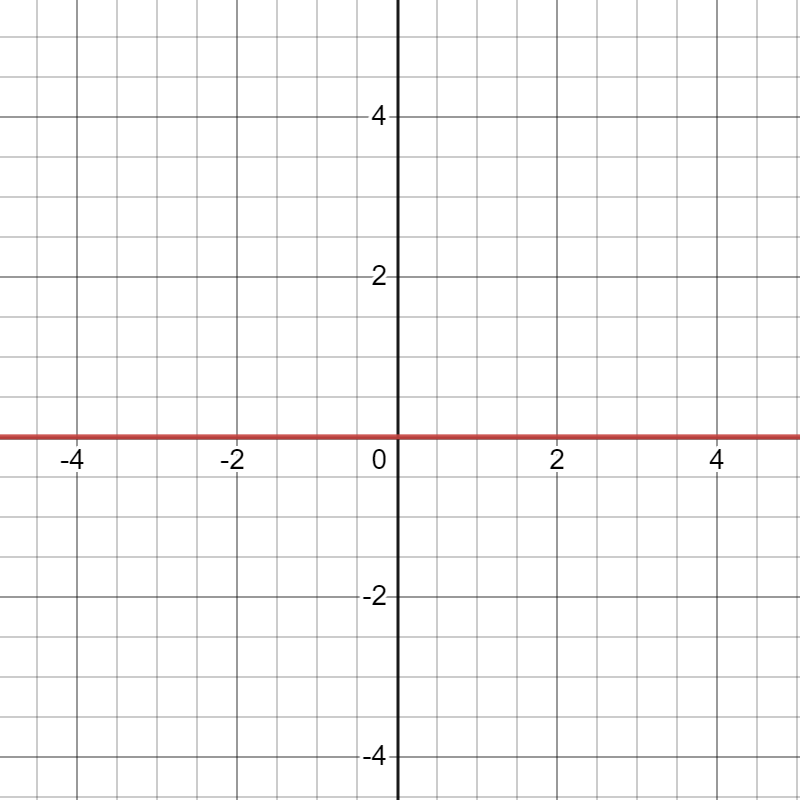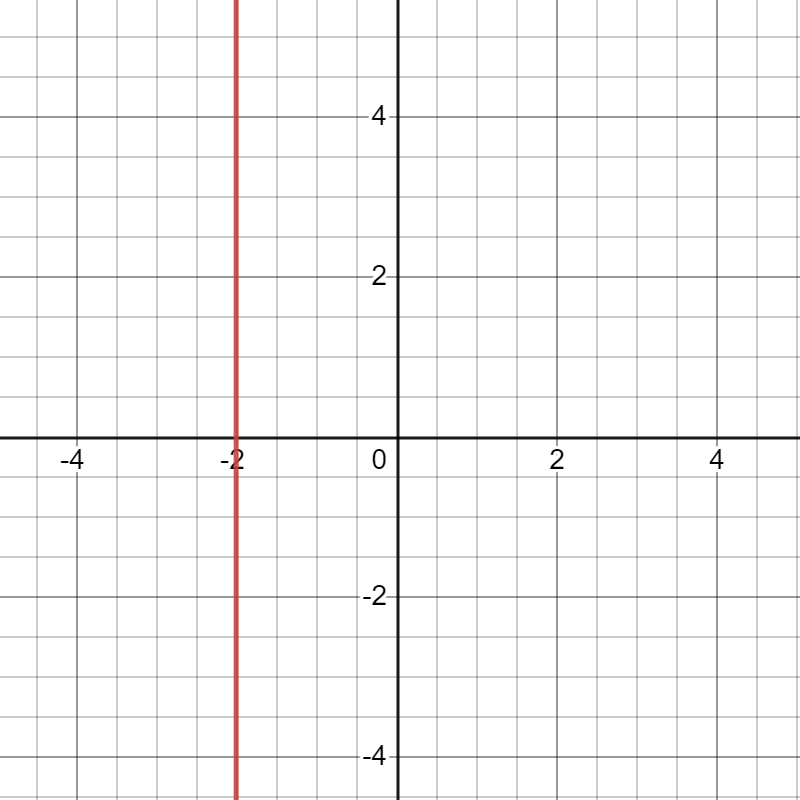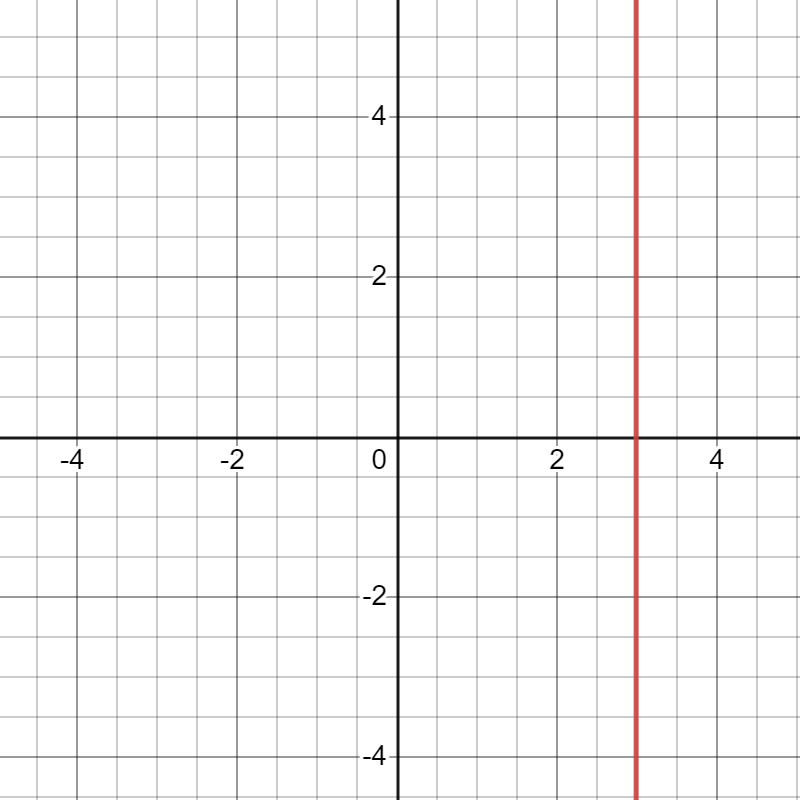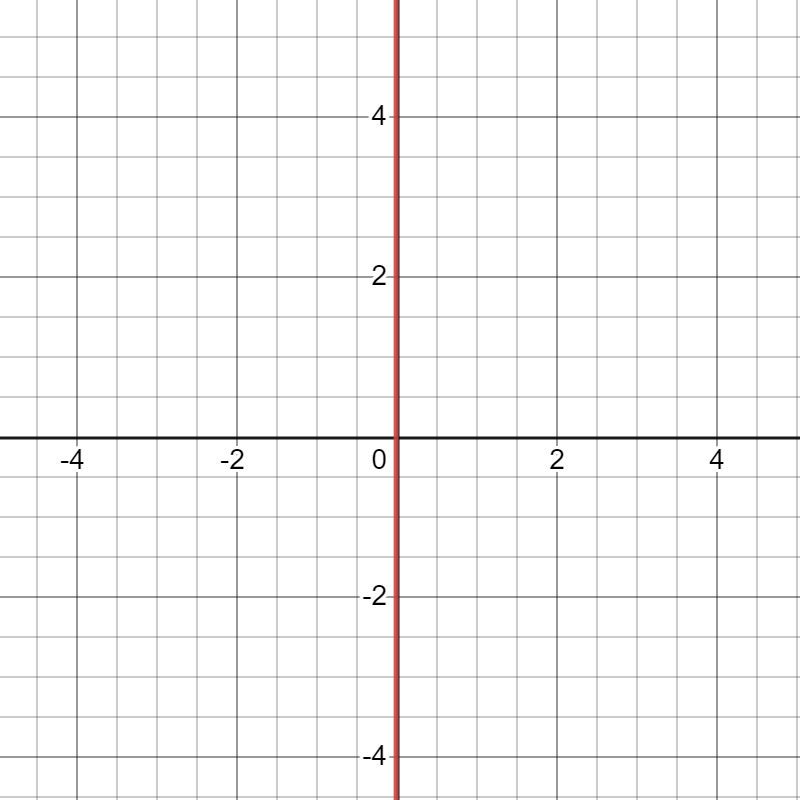When we graph lines, we typically begin with a point and then use the slope to determine the line. There are, however, some special exceptions. These are called horizontal and vertical lines.
Horizontal and vertical lines have unique properties.
We can still graph them with ease once we understand what they are and how they work! Continue on to learn more including the slope of a horizontal line, the slope of a vertical line, and what these special lines look like.
What We Review
What is a horizontal line?

A horizontal line is a line extending from left to right. When you look at the sunrise over the horizon you are seeing the sunrise over a horizontal line. The x-axis is an example of a horizontal line.
Return to the Table of Contents
What is the slope of a horizontal line?
The slope of a horizontal line is always 0. Remember, slope can be thought of as “rise over run”, how far the graph moves up for every unit it moves to the right. We can say:
m=\dfrac{\text{rise}}{\text{run}}
…where m represents slope. A horizontal line never moves up or down, so the rise is 0. Because 0 divided by any number is still 0, the slope of a horizontal line must always be 0.
Return to the Table of Contents
Equations and Graphs of Horizontal Lines (examples)
Horizontal lines are always parallel to the x-axis. The lines are always written in the form y=a where a represents a real number. Here are some examples!
Return to the Table of Contents
Here is a brief summary video of horizontal lines:

What is a vertical line?
A vertical line is a line extending up and down. On a table (like the one shown to the right), the legs of the table are vertical lines. The y-axis is an example of a vertical line.
Return to the Table of Contents
What is the slope of a vertical line?
The slope of a vertical line is always undefined. As stated before, slope can be thought of as rise over run, how far the graph moves up for every unit it moves to the right. We can say:
m=\dfrac{\text{rise}}{\text{run}}
…where m represent slope.
A vertical line never moves left and right, so the run is 0. Because the quotient of a number divided by 0 is undefined, the slope of a vertical line is always undefined.
Return to the Table of Contents
Equations and Graphs of Vertical Lines (examples)
Vertical lines are always parallel to the y-axis. The lines are always written in the form x=a where a represents a real number. Here are some examples!
Here’s a brief video summary of vertical lines:
Return to the Table of Contents
Summary of Horizontal and Vertical Lines
Even though horizontal and vertical lines look a little different than the linear equations we are used to graphing, we can still use these graphs once we understand what they are!
We learned:
- Horizontal lines go side to side and have a slope of 0
- Vertical lines go up and down and have a slope that is undefined
- Graphs of horizontal lines are parallel to the x-axis
- Graphs of vertical lines are parallel to the y-axis
Keep practicing graphing all types of linear equations to become more and more confident!
Click here to explore more helpful Albert Algebra 1 review guides.


